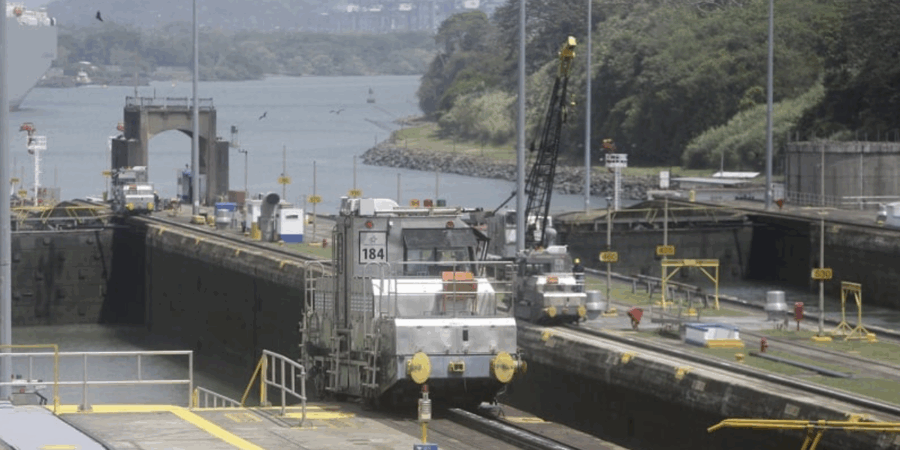The Panama Canal energy investment strategy is poised to significantly reshape regional infrastructure and global trade operations. Over the next five years, the Panama Canal Authority plans to invest around $8.5 billion, with $3 billiondedicated to developing new business ventures—chief among them, a large-scale gas pipeline project. This strategic move is part of an effort to modernize the canal and maintain its role as a globally competitive, sustainable trade route.
This energy investment initiative reflects a broader vision to diversify Panama’s energy and logistics operations. According to official statements, the gas pipeline will be integrated into a development plan on the canal’s west bank, designed to support energy product transport and strengthen maritime logistics infrastructure. The plan also includes modernizing infrastructure, developing a new reservoir, and replacing older tugboats with environmentally friendly models.
Although the bidding timeline for the gas pipeline has not yet been disclosed, canal authorities have reiterated its importance in enhancing long-term competitiveness. Currently, the Panama Canal facilitates more than 180 trade routes, connecting 170 countries and nearly 2,000 ports worldwide. This underscores the canal’s ongoing role as a vital hub in global commerce and Panama’s economic development.
In addition to the gas pipeline, the investment program includes $2.5 billion for infrastructure improvements, $500 million for maintenance of the Gatun Dam, $700 million for newer, more efficient tugboats, and $1.6 billion to construct a new reservoir in the Indian River region.
To explore how Panama’s broader infrastructure plans support these goals, read our article on Panama’s infrastructure growth.
Overall, this comprehensive Panama Canal energy investment is designed to promote economic resilience, ensure environmental sustainability, and reinforce Panama’s strategic position in the global supply chain.
